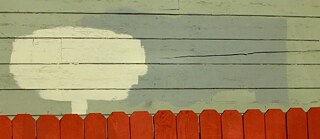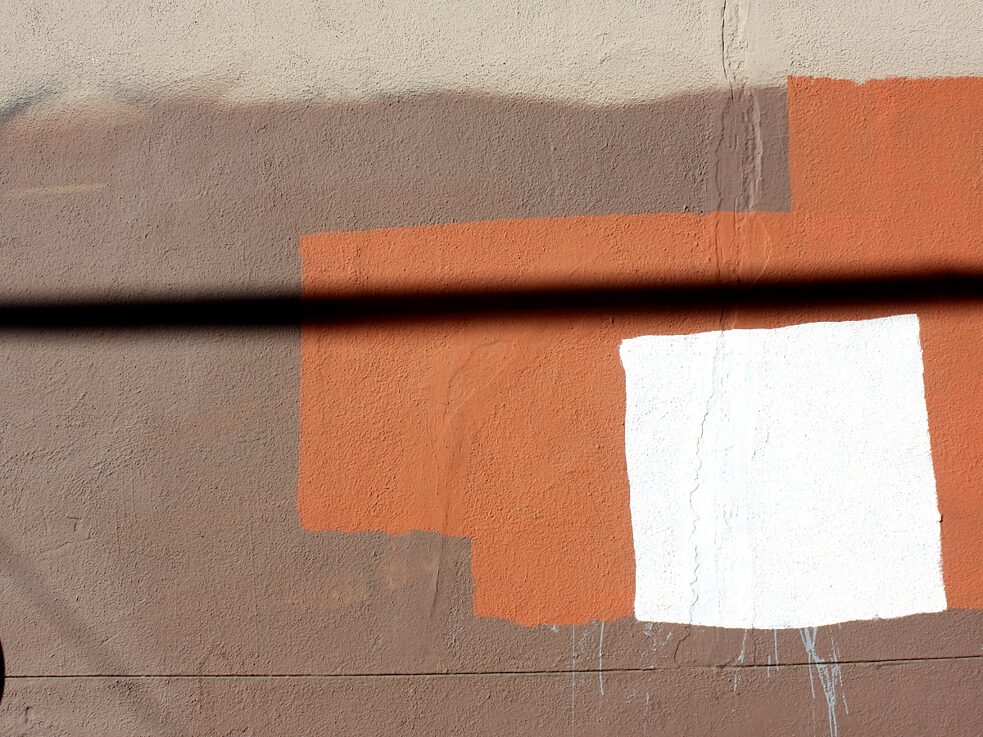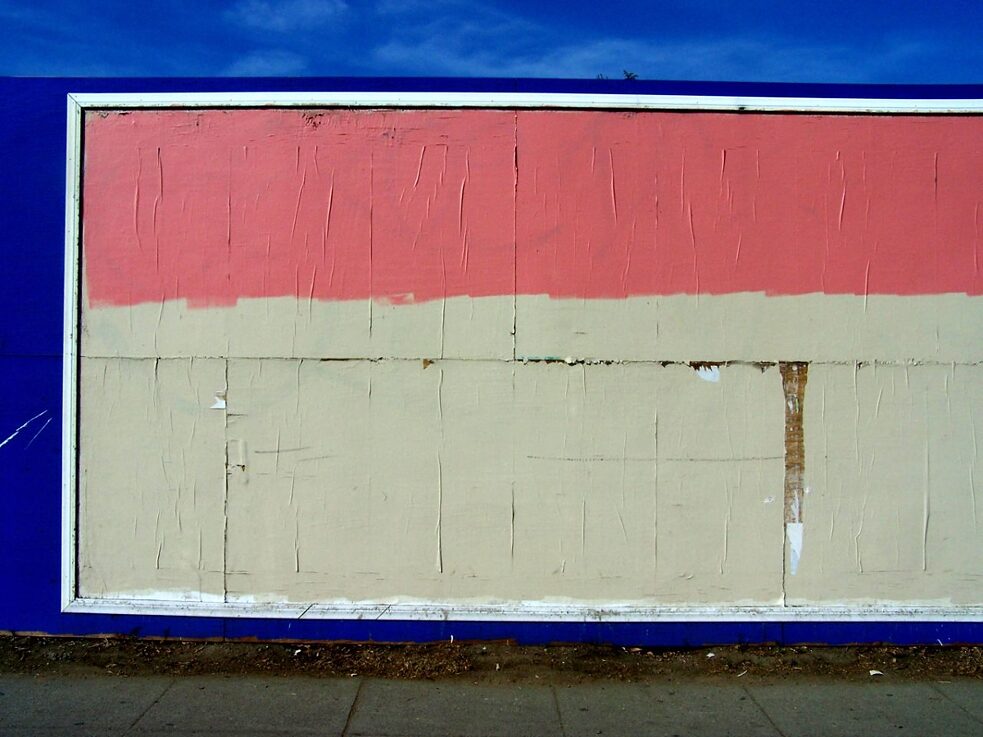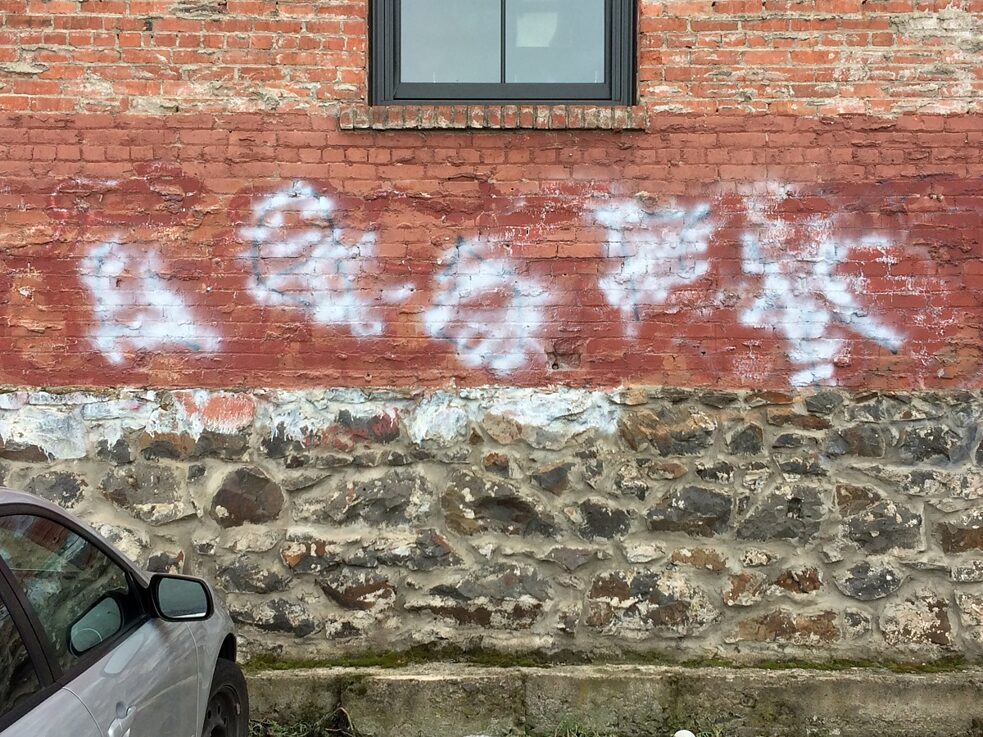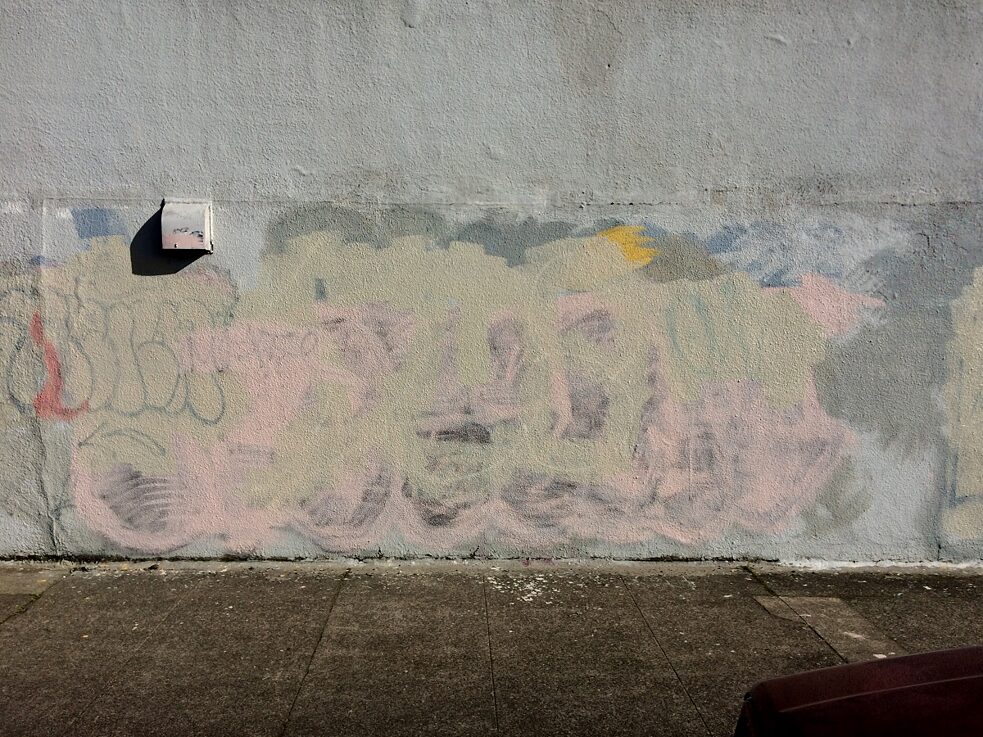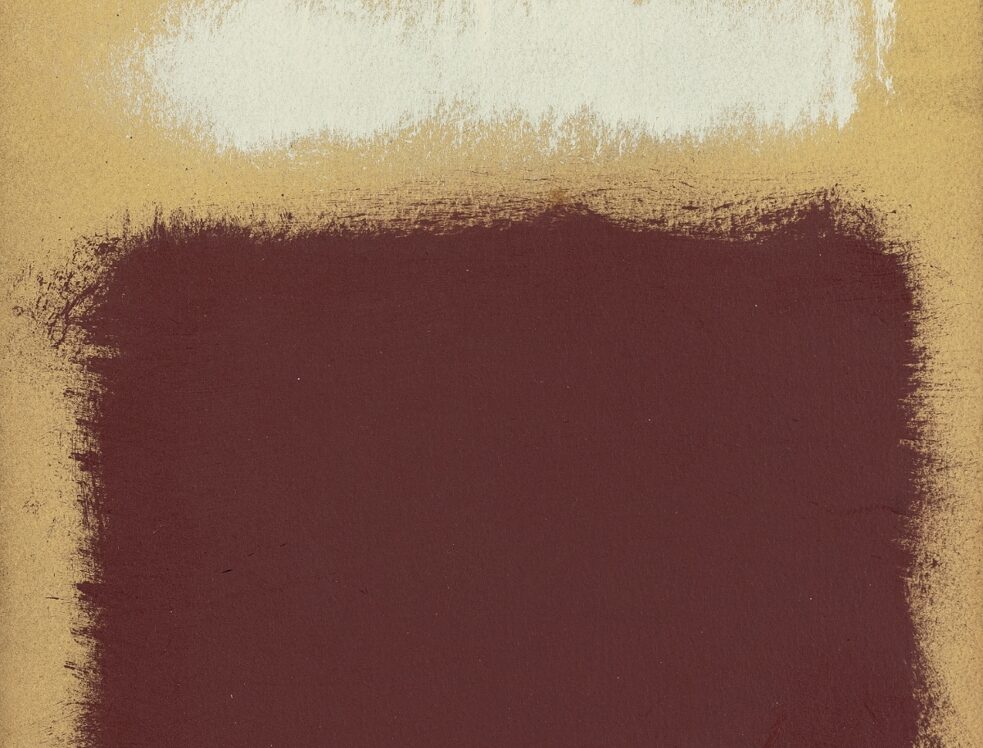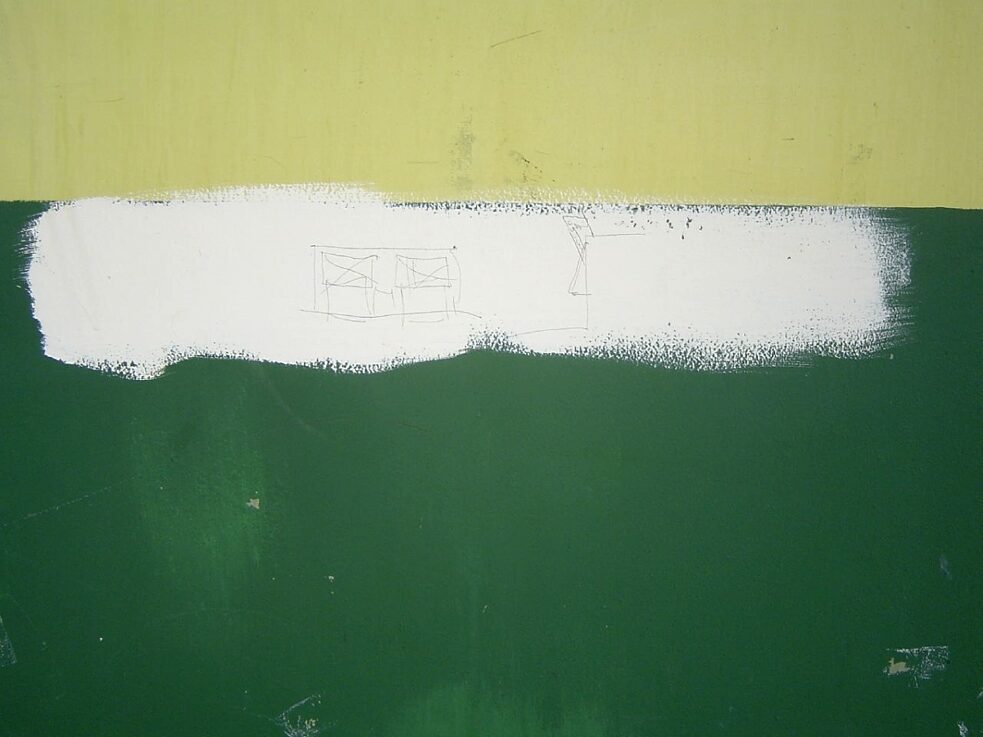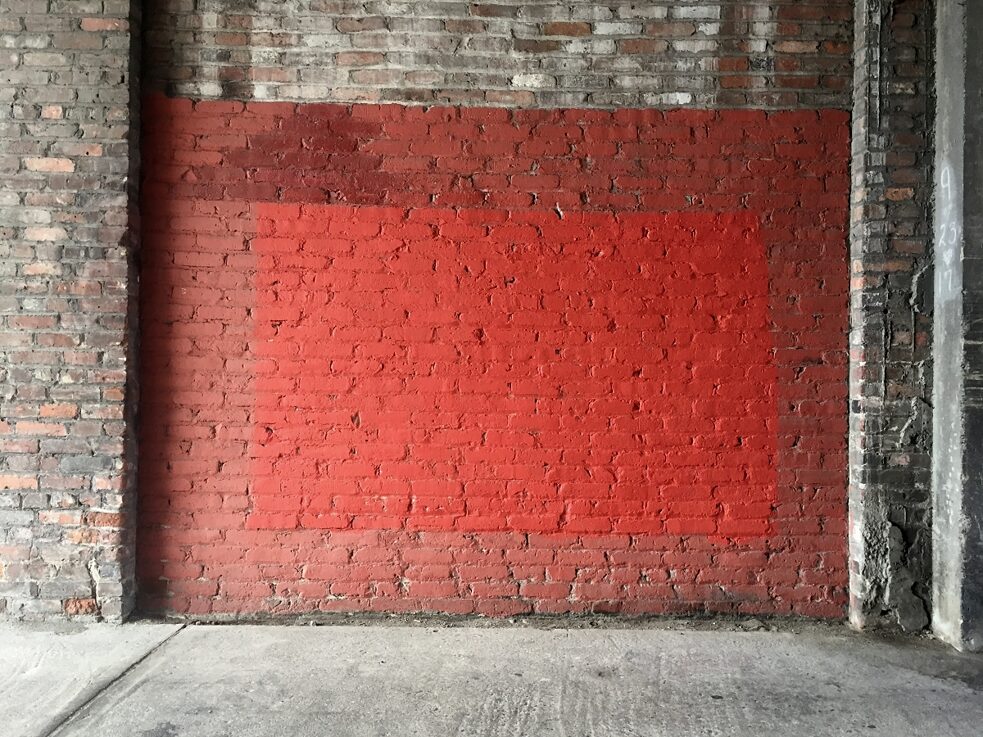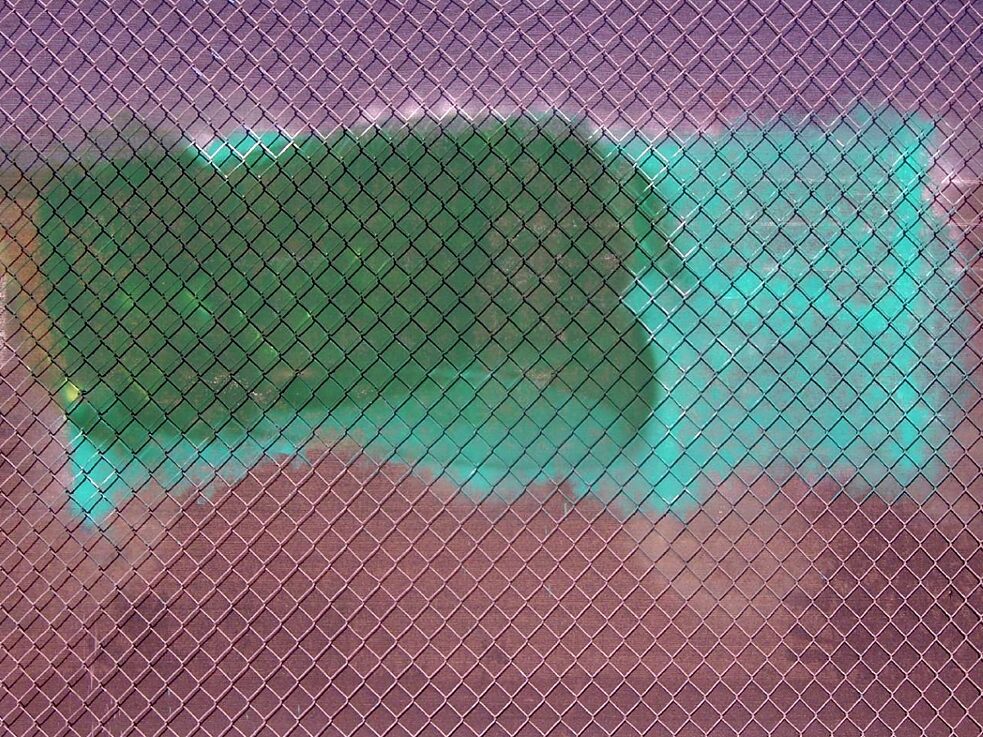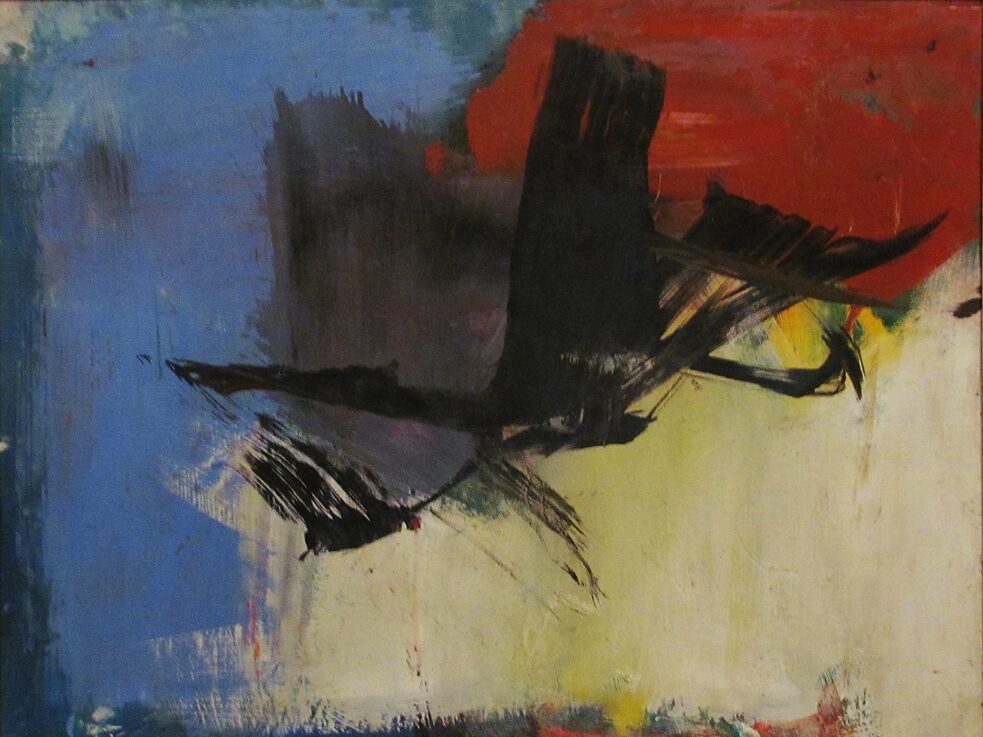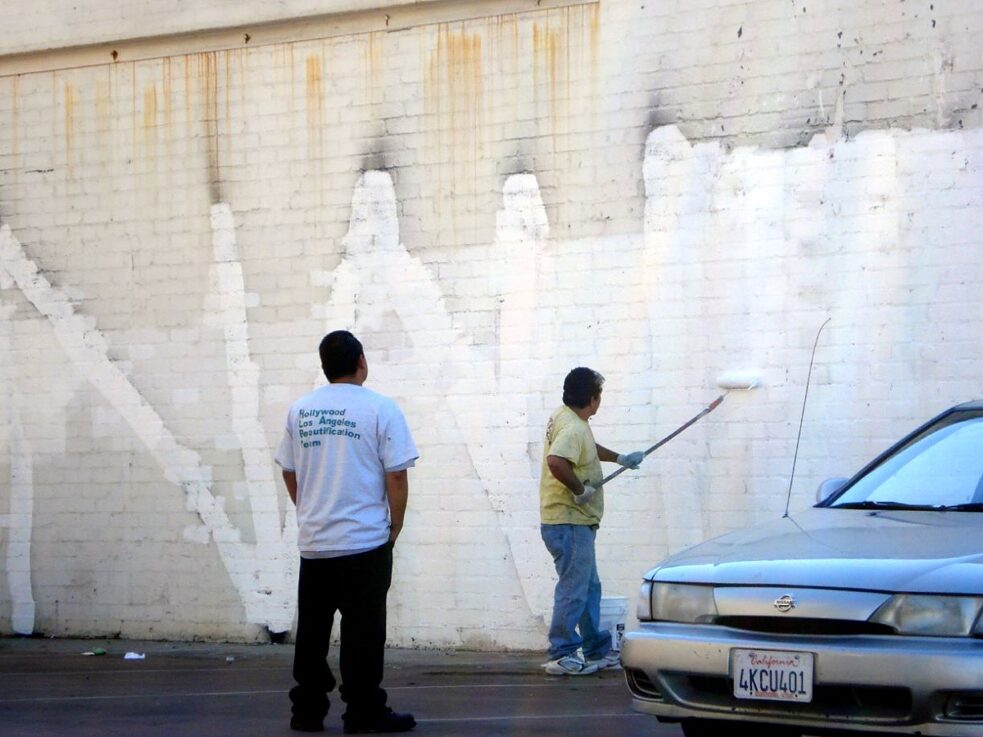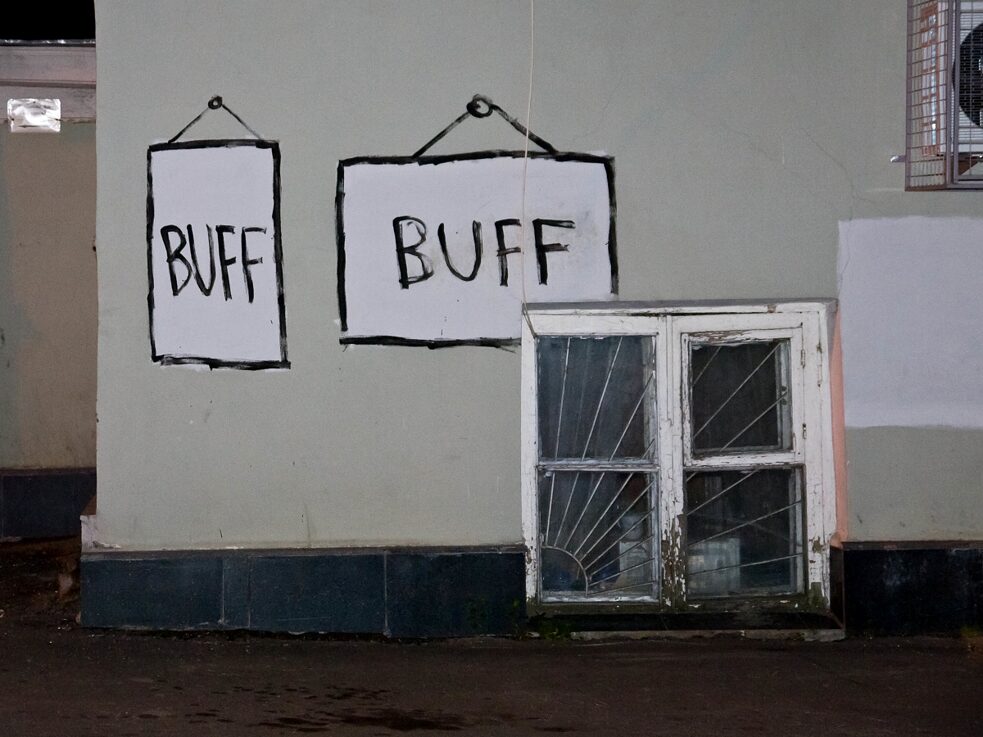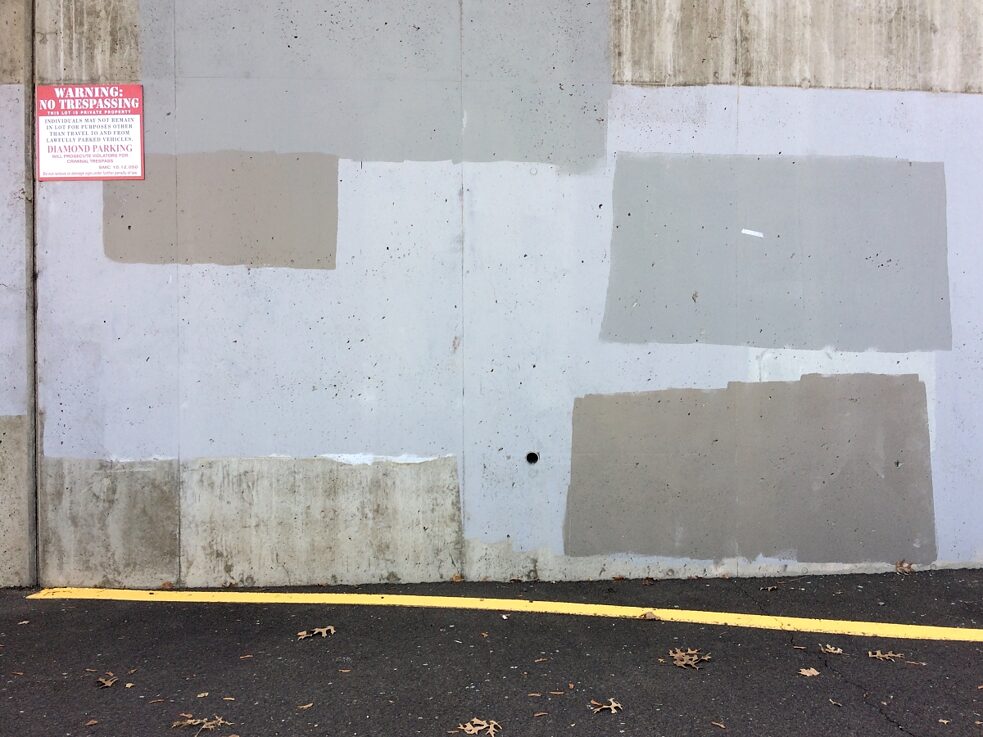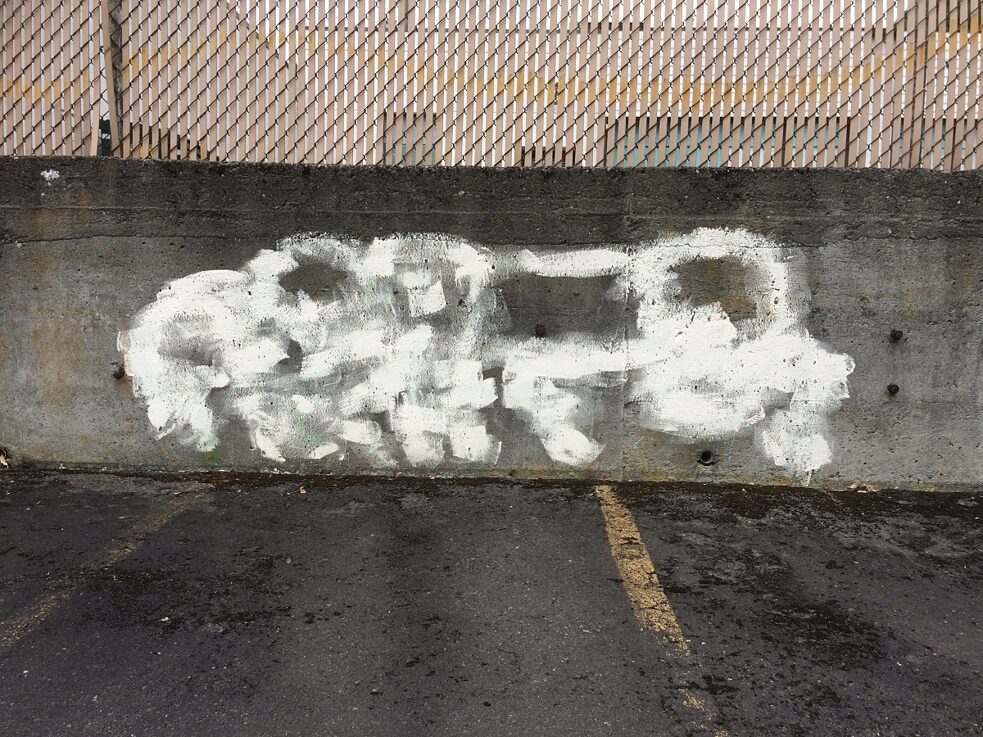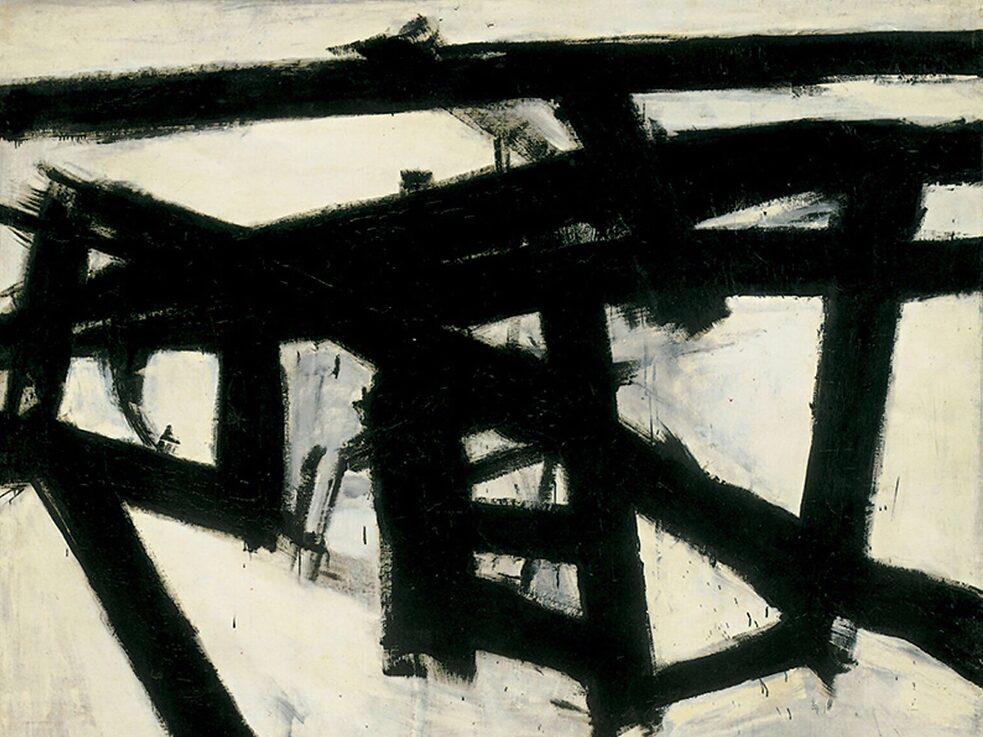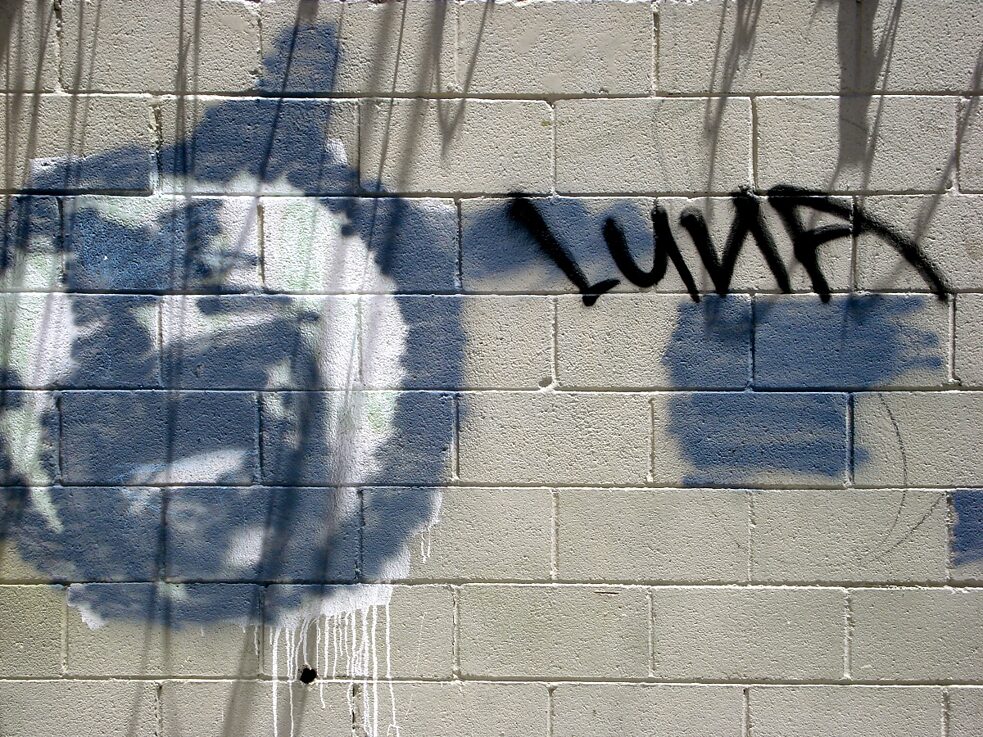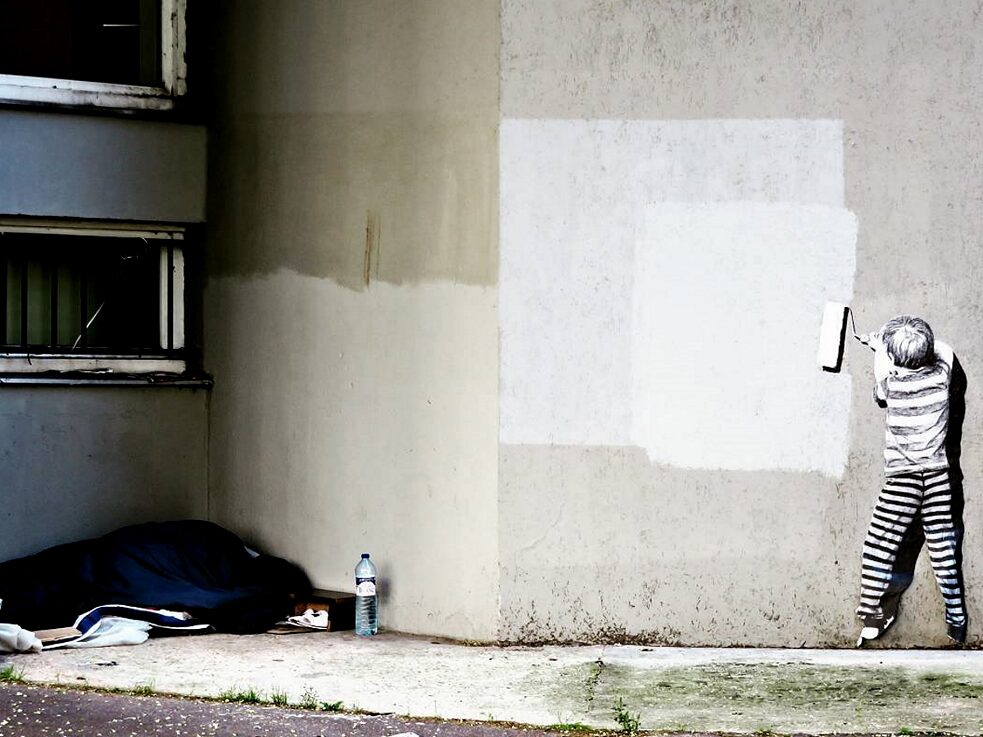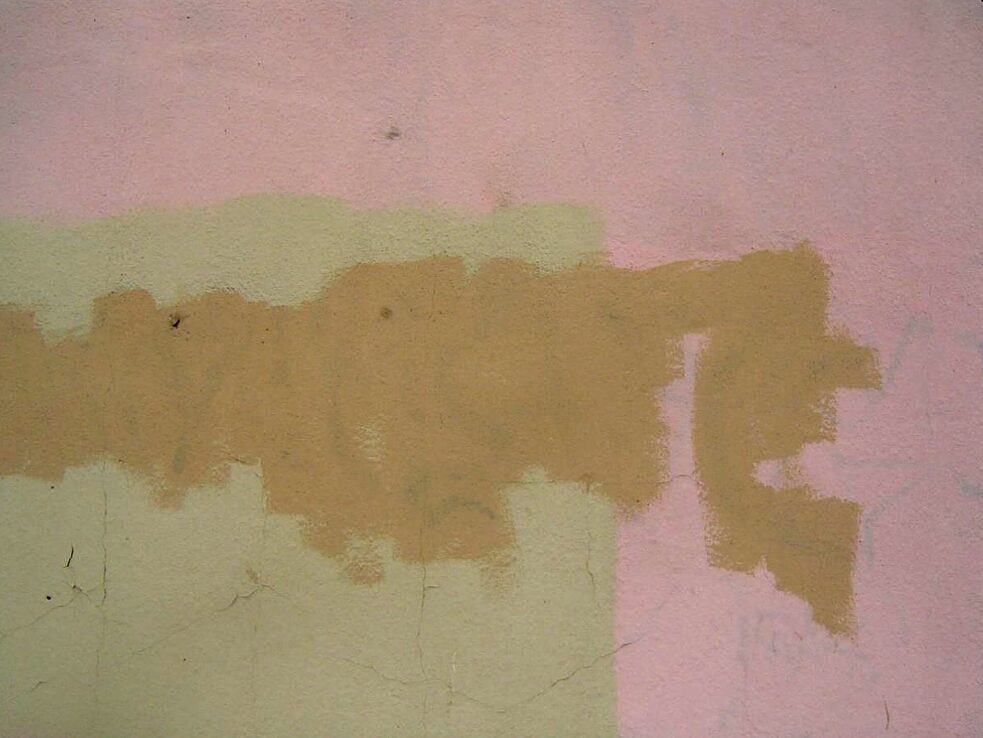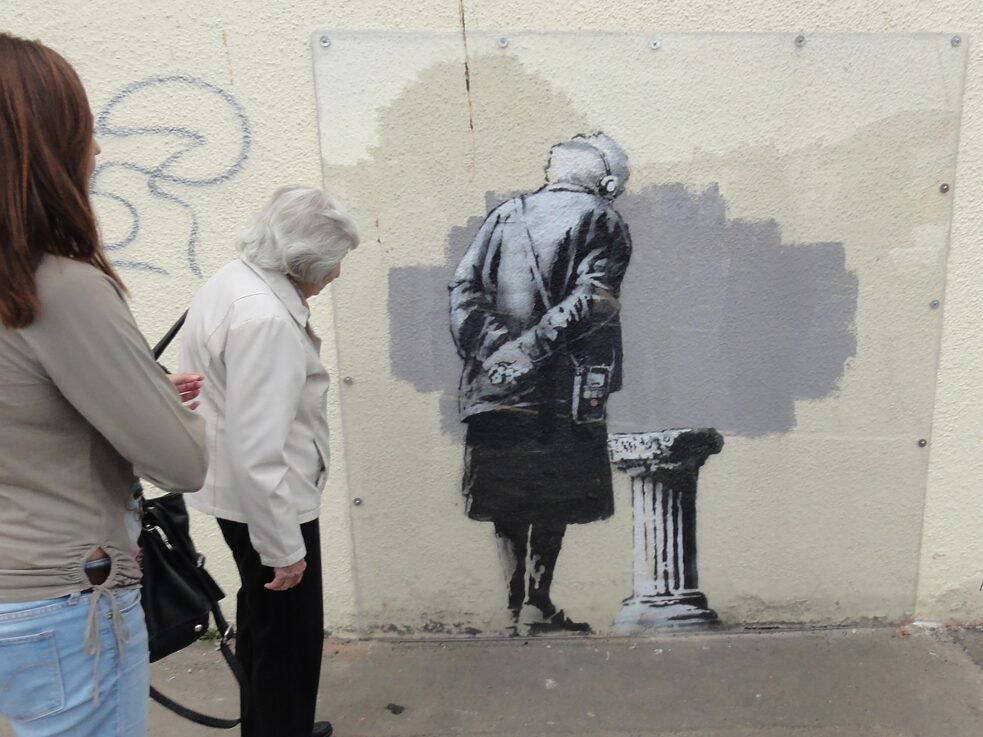Graffiti Removal
Subconscious Art
Graffiti removal has become one of the more intriguing and important art movements of our time. Emerging from the human psyche and showing characteristics of abstract expressionism, minimalism and Russian constructivism, graffiti removal has secured its place in the history of modern art while being created by artists who are unconscious of their artistic achievements.
Press Release for “The Subconscious Art of Graffiti Removal” (film) by Matt McCormick, 2001
Subconscious Art: A work of art that is made without the direct intention of its creator.
A new art movement has emerged in the modern era and can be found in nearly every city across the globe. Graffiti removal, commonly called “buffing”, fills otherwise empty walls with large and small minimalist paintings, in a multi-layered and often textural style. Mostly ignored until now, graffiti removal is gaining attention daily.
Social media allows enthusiasts to gather and share their photographs from around the world and documentaries are being made exploring this new artistic production. These highlight the stark and sublime relief within the urban landscape that these works offer the viewer. However, it remains the myserious origins of the new movement which continue to charm the everyday passersby and urban adventurers alike and invite further research for the serious art historian.
Our most advanced, sensuous, and subtle visual culture must be communicated to itself subconsciously, clandestinely, so that it can be enjoyed as a kind of “public secret.”
Avalon Kalin, interviewed in “BUFF” by Stephan Burke and Fiachra Corcoran 2018
Often a collaboration between individual graffiti artists and graffiti removers that spans weeks and even months to create a single large scale mural, graffiti removal can be seen to be collaborative and has overlap with both social practice and time-based genres.
The overall style of buffing is distinct and has obvious and elemental links to minimalism and abstract expressionism, affinities with the likes of Mark Rothko, Jackson Pollock, and Ellsworth Kelly, as well as connections to early modernist experiments of the Bauhaus and the anti-art of Dada.
GRAFFIti removal can be seen to fit into three main categories: Conservative, Ghosting, and Radical
Conservative
This is the standard and most common form of graffiti masking. It is the result of the primary purpose of masking to destroy the readability of graffiti without being an eyesore in itself. Neutral hues like dark grey in more or less rectangular shapes define this category.
Ghosting
Ghosting is the graffiti removal that is probably the result of haste or lack of resources, because it is the least effective form of graffiti removal. In this type of removal, the original “tag” is followed, or “ghosted” by the buff artist, This often results in the original piece being visible in shape or outline, making for wild compositions. This is the most obviously collaborative category of removal.
Radical
This masking usually covers all of the graffiti but does so in a radical way. This category is distinguished usually by the buffing artist painting new shapes, usually silhouettes, that are recognizable as drawings of objects (like a truck with wheels, or whale with blowhole and tail). The removal process is radically transformed into an opportunity to share primitive symbols or pictures. This category is always fun to find, but rare to occur.
Specific new categories explored by documentarians and collectors include Redactive (proposed by McCormick), Non-Removal and Reactionary (Kalin), Maltreated and Etched (Burke and Corcoran) and are explained below.
“Redactive” graffiti removal involves strong and simple hatches, dashes or “X”s to render graffiti unreadable but partially visible. “Non-removals” are forms of subconscious art created by processes in building construction, like crack priming of concrete walls, or color sampling on areas of walls of buildings. “Reactionary” buffing appears to be made by graffiti artists who want to expand the graffiti removal area by adding faux-removal areas. “Maltreated” graffiti removal appears as highly distressed mark-making or “scribbling out” with a hodgepodge use of materials made in haste. “Etched” graffiti removal specifically addresses the textures created by the use of sandblasters and water pressure to change the surfaces where the removal occurs creating long term painterly compositions.
As our society continues its trend of consumerism and alienating work environs, our natural tendency to create becomes repressed. We unconsciously look for new ways to express our innermost desires and to share these expressions with others. Every tinkering or revision of what surrounds us produces some kind of artifact of this clandestine expression – this subliminal and subconscious art. Though like Minimalist Art of the 1970s, Subconscious Art is just as much about what surrounds it as it is in the form itself, Graffiti Removal nonetheless must be credited to the artists who produce it.
While the artistic merit of graffiti removals and the question of intention in aesthetic work may be up for debate, the continued interest in, and artistic aspects of, graffiti removal cannot be ignored. The categorization of the work and documentation of the movement is on the rise. Art historians, cultural leaders, and street photographers continue to celebrate this unique movement in the form of video, photographs and books. The provocative idea that art is everywhere and being created subconsciously has a distinct charm, and the subconscious art of graffiti removal continues to blur the line between art and life in new and meaningful ways.
